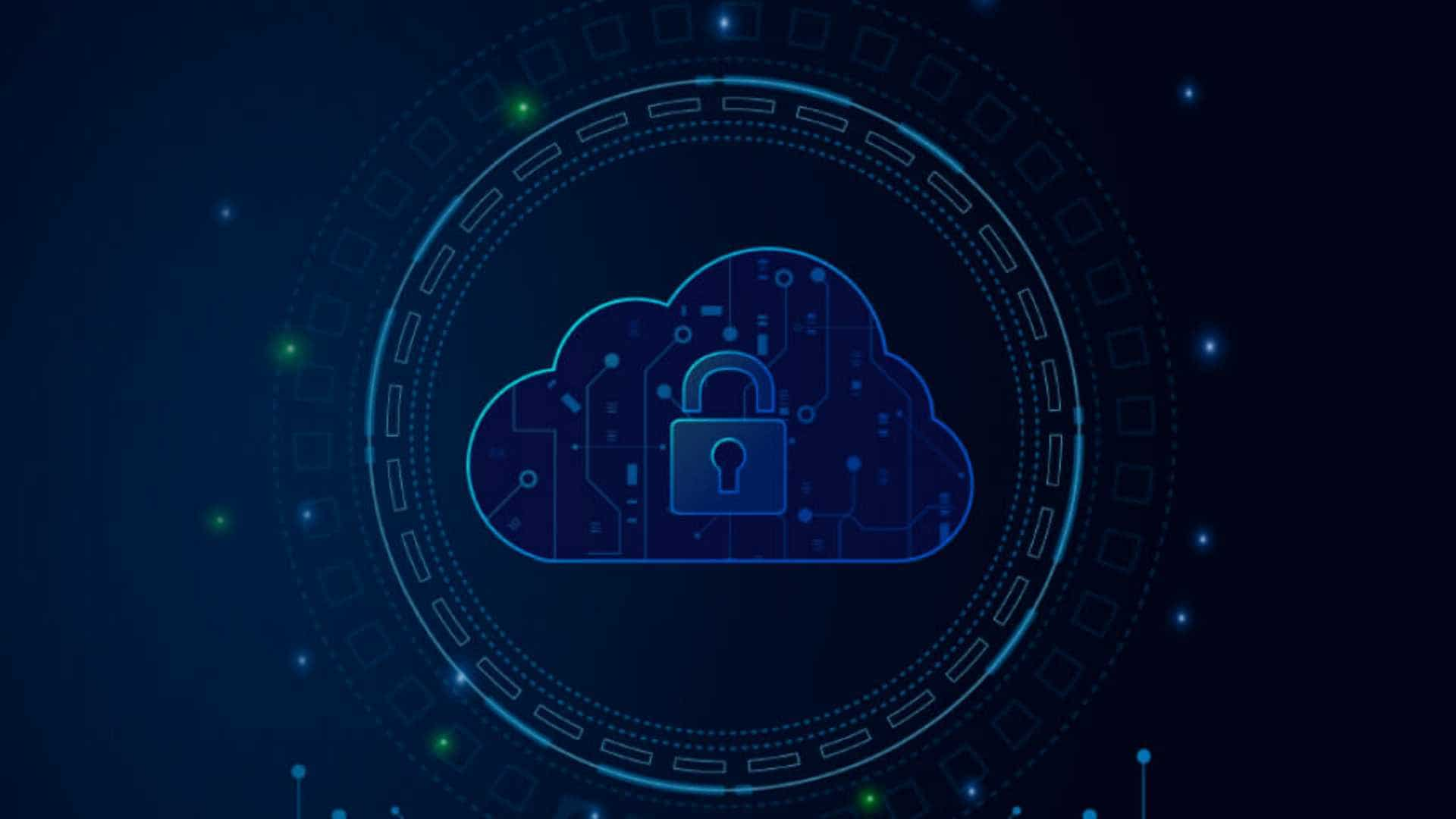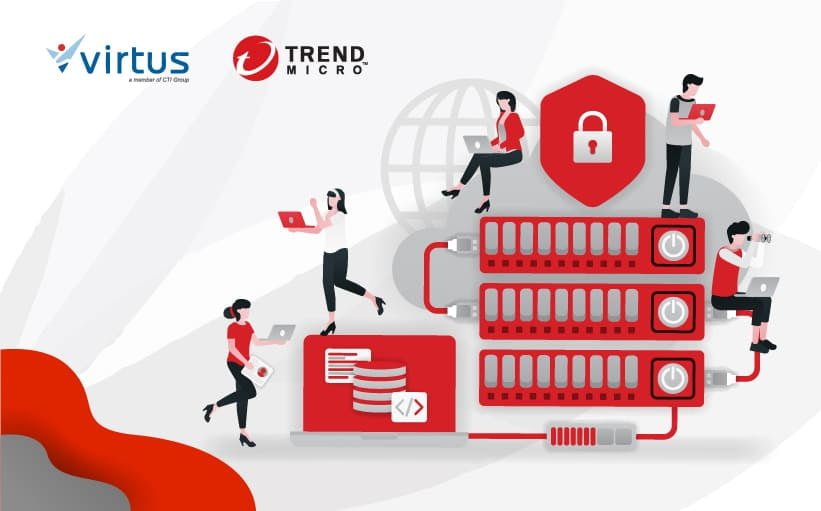Many businesses are increasingly opting for hybrid cloud due to its ability to provide flexibility and scalability. Most organizations, however, are still unaware of the importance of hybrid cloud security in ensuring the confidentiality of data, apps, and corporate assets.
The hybrid cloud is not without cybersecurity threats, which if neglected might result in significant losses. According to Accenture, 87 percent of businesses globally currently use a hybrid cloud approach, and that strategy will be worth about US$100 billion by 2023.
To maintain the security of hybrid clouds, businesses should pay close attention to a few issues. See more in this article.
Hybrid Cloud Security: Environment Challenges

When a company decides to implement a hybrid cloud, IT executives and teams undoubtedly confront a few challenges. Although hybrid clouds can offer the advantages of employing both private and public clouds, there are some significant difficulties that should not be disregarded. Here are four challenges in a hybrid cloud security environment, according to Techbeacon.
Control dan Visibility
According to CSO Online, the IT environment of the organization, including administration and security, will become more complicated. Because of this, businesses must regulate service usage to maintain insight into what is occurring in a hybrid cloud environment.
According to the Cloud Security Alliance (CSA), one of the primary cloud threats in 2020 will be control failures, insufficient configuration modifications, and visibility of cloud usage. Since hybrid clouds are flexible, IT executives must more carefully assess security procedures in order to guarantee security.
Compliance and Governance
Today's cloud technology is established and is used to some extent across all businesses. Hybrid cloud infrastructure is said to provide unique difficulties for businesses engaged in the financial, medical, governmental, and other highly regulated industries.
The fact that many businesses still conduct manual checks to verify if they are complying with security regulations, compliance standards, and auditing requirements presents one of the largest challenges. In fact, manual changes usually go undetected, making it impossible to duplicate, distribute, or recreate the process—while you still need to go through a security audit step.
Organizations can clearly understand where even the smallest misconfiguration might lead in penalties or legal action in a large hybrid cloud infrastructure. In order to supply insight into the work, organizations must discover techniques to automate the procedure of scanning and repairing security controls.
Data Protection
Data will continue to move back and forth between the private and public clouds in a hybrid cloud environment. The risk of damage, theft, or even loss exists as a result. The fact that cloud access requires an internet connection makes the data stored there insecure since anybody might access it.
Because the same data may be static or in motion at any one time, there is no single security method that can prevent all potential data loss. Look for an operating system that supports hardware encryption such as the Trusted Platform Module and complete disk encryption such as the Linux Unified Key Setup-on-disk (LUKS) format to safeguard static data (TPM). In the meantime, protection for data in motion can be given by utilizing IPsec to encrypt communication between hosts using Internet Protocol (IP), or by employing security tools that support the Federal Information Processing Standard (FIPS).
Supply-Chain Security
Companies are obliged to know the source of the products and software used and to ensure that the vendors can guarantee the safety of their products throughout the assessment stage and installation of infrastructure systems and platforms. To keep them up to date, particularly about updates for important security vulnerabilities, and look for vendors that have a safe approach of delivering the specific software and procedures.
3 Component of Hybrid Cloud Security
While managing a public or private cloud might seem to be easier, each has its own set of security risks. The public cloud is divided into three components in this way.
Administrative Security
Procedures for risk assessment, data security guidelines, disaster recovery plans, and personnel training are all part of this element. Establishing roles and responsibilities for hybrid clouds and enhancing access controls to stop data breaches are two important administrative security priorities.
To further transfer control, Infrastructure-as-a-Code (IaC) is now implemented, and developers oversee to designing it. Without slowing down any process, the integrated DevOps or DevSecOps may offer security at every stage of the lifecycle, from planning through coding, testing, and deployment.
Verizon estimates that 82 percent of data customers use a human component to tighten access control. For devices and users to only have access to permitted apps and after credentials have been confirmed, a zero-trust strategy is necessary.
Physical and Technical Security
Check to see if your company has used best network security procedures, such as physical keys, cameras, ID verification, and biometric authentication for private and local clouds. At a high level, the loss of visibility across all clouds is what makes establishing technological security difficult.
Additionally, if businesses employ various endpoint solutions in various cloud settings, the issue will get worse. If so, adopt a single cybersecurity platform strategy backed by third-party connectors to provide your hybrid cloud security full visibility.
Supply Chain Security
Using third-party components and technologies to expedite the process and satisfy market demand is a given when designing DevOps software. However, adopting this technology opens a new attack avenue for online cybercriminals.
In a recent Venafi survey, 82% of participants admitted that their business is vulnerable to cyberattacks targeting supply chain software. The six steps for supply chain risk management suggested by CISA ICT SCRM Essentials to accomplish this are identification, management of security policies and procedures, assessment of software, hardware, and services, identification of purchased components, verification of supplier security culture, and evaluation of supply chain practices against safety standards.
Read More: Here’s Why Next-Generation Firewall Is Crucial for Your Network Security
Hybrid Cloud Security Solution from Trend Micro
Trend Micro delivers the Trend Micro One hybrid cloud security solution to ensure security in enterprise cloud environments. Trend Micro One brings together a cybersecurity platform to provide security for applications across major providers by integrating the DevOps tools that companies have been using.
Trend Micro One will automate and save time while gaining full visibility and control integrated with the Cloud-Native Application Protection Platform (CNAPP). In addition, Trend Micro One is also flexible to integrate with turnkey, broad API, and CNAPP.
Workload security, container security, file storage security, application security, and network security capabilities are included in Trend Micro One to enable monitoring, threat detection, and quick response to attacks.
A zero-trust strategy that incorporates the capacity to establish network infrastructure and network security as a layer above it is supported by Secure Access Service Edge (SASE). Secure Web Gateway (SWG), Cloud Application Security Broker (CASB), and Zero Trust Network Access are the three main components of SASE (ZTNA).
The CASB will handle automated monitoring and risk assessment, set security rules using APIs, and manage visibility and control between users and cloud apps. If a possible threat is identified, CASB connected with the SWG will offer additional security, assess whether traffic is malicious, identify traffic between users and apps, and apply deep controls from the SWG.
Further integration with ZTNA will extend CASB's SaaS security control to private cloud apps as a way to provide centralized protection across public and private clouds. Extended Detection and Response (XDR) gathers and thoroughly links threat activity data from endpoints, cloud, email, network, and users to detect and respond to endpoints (EDR).
Only for the purpose of providing urgent alerts and a graphic representation of time focused on cyberattacks, XDR will gather all data. This give the SOC the ability to monitor how users were infected, the threat's initial point of entry, the threat's initial point of entry, how the attack's spread, and other crucial information to reduce the attack's potential impact.
Get Trend Micro Hybrid Cloud Security Solution at VTI
With the Trend Micro Cloud One solution, it's time to offer complete security assurance for the hybrid cloud security of your company. As Trend Micro's accredited partner in Indonesia, Virtus Technology Indonesia (VTI) can provide you with a security solution from Trend Micro Cloud One.
Virtus' IT staff makes sure that all procedures, from the consultation through the implementation, management, and after-sales support phases, to operate smoothly so businesses can prevent trial and error. Interested in using Trend Micro technologies to secure your hybrid cloud? Send an email to marketing@virtusindonesia.com right away.
Author: Ervina Anggraini
Content Writer CTI Group



























